African American women’s clubs once flourished in Apalachicola
An English professor at the University of South Florida has shed fresh light on the history of Apalachicola’s African American women’s clubs in the early 20th century.
At a well-attended talk March 16 at the Apalachicola Margaret Key Library, presented by the PALS friends of the library group, Dr. Cynthia Patterson drew on a 2019 article she wrote for the Florida Historical Quarterly on the National Association of Colored Women’s Clubs.
Apalachicola Librarian Lucy Carter had seen the article and arranged for Patterson to speak on the subject in honor of Women’s History Month.
Patterson told the audience she drew her research on the early period from a 1901 to 1904 column in the Apalachicola Times named “Among the Colored People,” which she believed was written by an active member of the Hillside church community.
She drew on other state and national materials, and talked to locals, including Oryan Speed and Dreamel Worthen, who had heard stories growing up on the Hill, and Marilyn Hogan, long active with the Philaco Woman’s Club.
The professor outlined the history of the National Association of Colored Women’s Clubs, and then went on to say that the local clubs had a connection with the NACWC, but were largely autonomous.
She said that as of 1921, during the Progressive Era, there were more than a half-dozen clubs in Apalachicola alone, some devoted to reading, others to needlecraft and others to social justice.
Patterson said that the city’s relative geographic isolation meant that ties with the NACWC were comparatively late, and that the attitude of male church leaders, particularly at the AME and Missionary Baptist churches, helped shape the direction of these clubs, particularly on women’s suffrage and other social justice issues. “Others resisted efforts to extend their (the clubs’) efforts,” she said.
By 1911, quite a few of the ministers had come around to a more progressive viewpoint and it was then that the local clubs became more active in the Florida State Federation.
The Times’ articles outline themes of the meetings which included discussions on alcohol, as part of growing Prohibition movement, as well as “the problem with men.”
Among the early clubs, there was the Seven Stars Society, started by two men but later including women, which eventually owned their hall.
Other clubs that emerged were the Women’s Home Mission Society, at Mt. Zion Church; the P.B. Club for young women; the Phyllis Wheatley Chautauqua Reading Circle; the House of Ruth; the Married Ladies Social Club; and the Utopian Club.
Among the names mentioned as being active were Mary Baxter, active with the Married Ladies Club; Sarah Brown, Mary Hunter, Francis Hutchinson, Anna L. Jackson, Julia Killix, Charlotte E. Lee, Alice Richardson, Rosa Robinson and Maude Wynn.
In later years, the city even hosted the state convention for the NACWC.

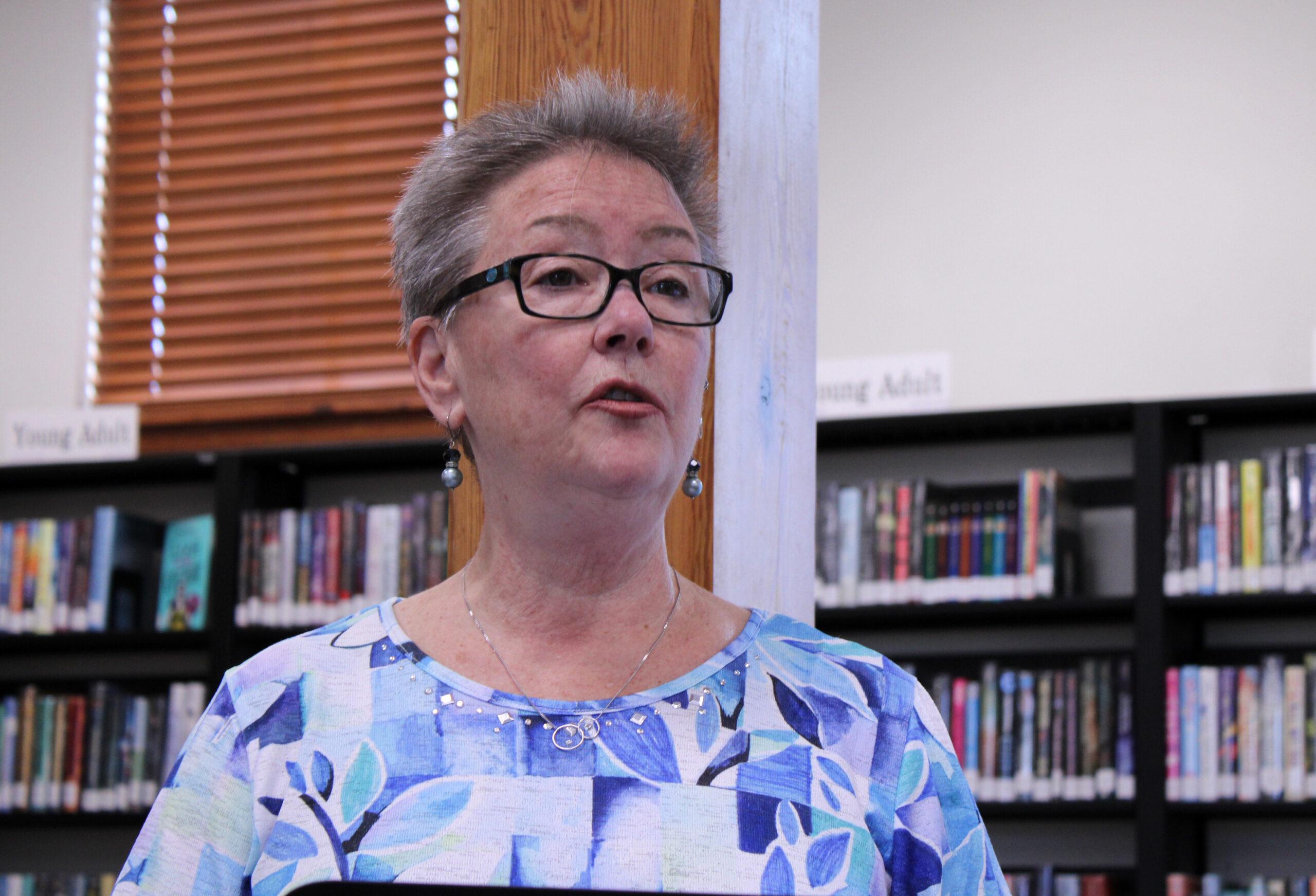
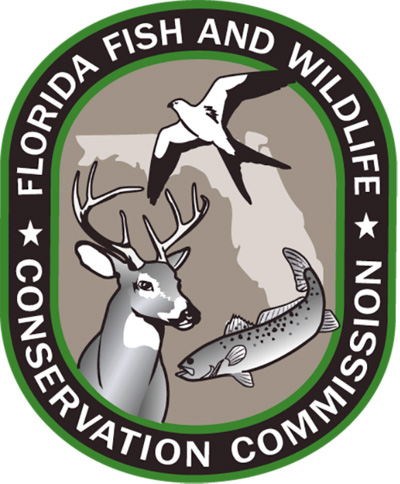
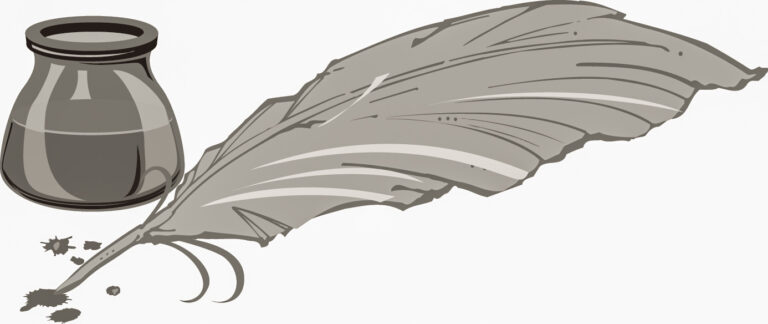
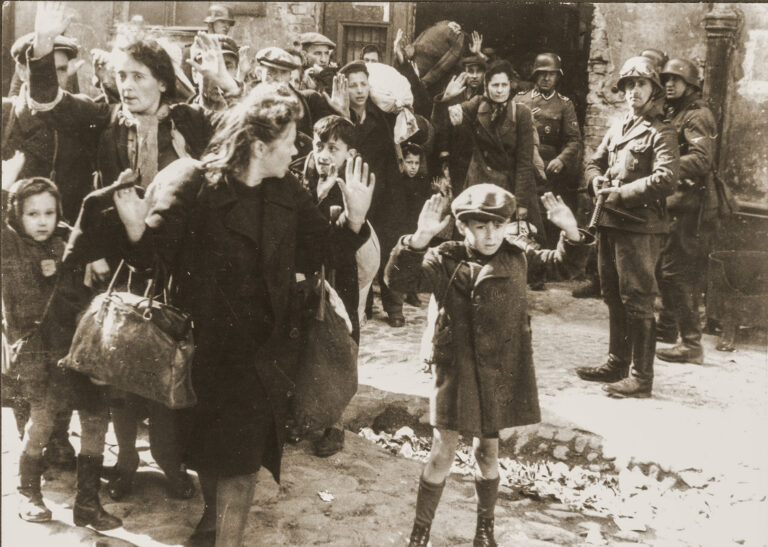
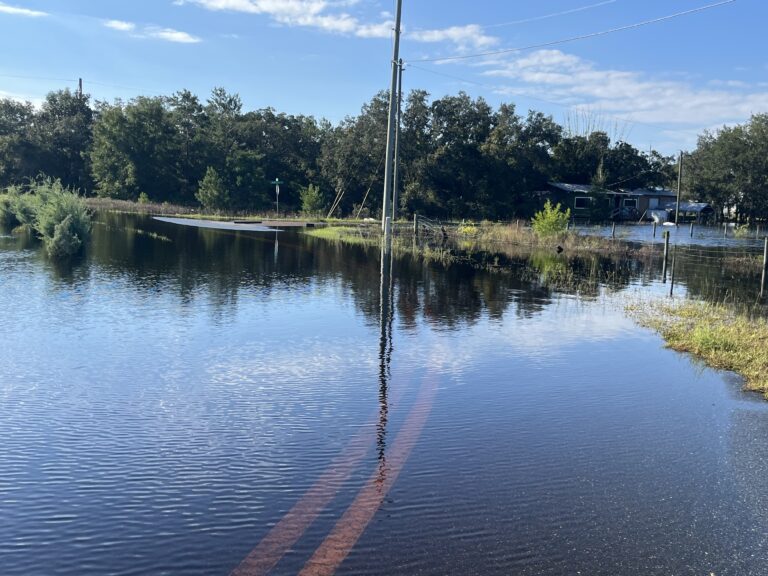
Meet the Editor
David Adlerstein, The Apalachicola Times’ digital editor, started with the news outlet in January 2002 as a reporter.
Prior to then, David Adlerstein began as a newspaperman with a small Boston weekly, after graduating magna cum laude from Brandeis University in Waltham, Massachusetts. He later edited the weekly Bellville Times, and as business reporter for the daily Marion Star, both not far from his hometown of Columbus, Ohio.
In 1995, he moved to South Florida, and worked as a business reporter and editor of Medical Business newspaper. In Jan. 2002, he began with the Apalachicola Times, first as reporter and later as editor, and in Oct. 2020, also began editing the Port St. Joe Star.